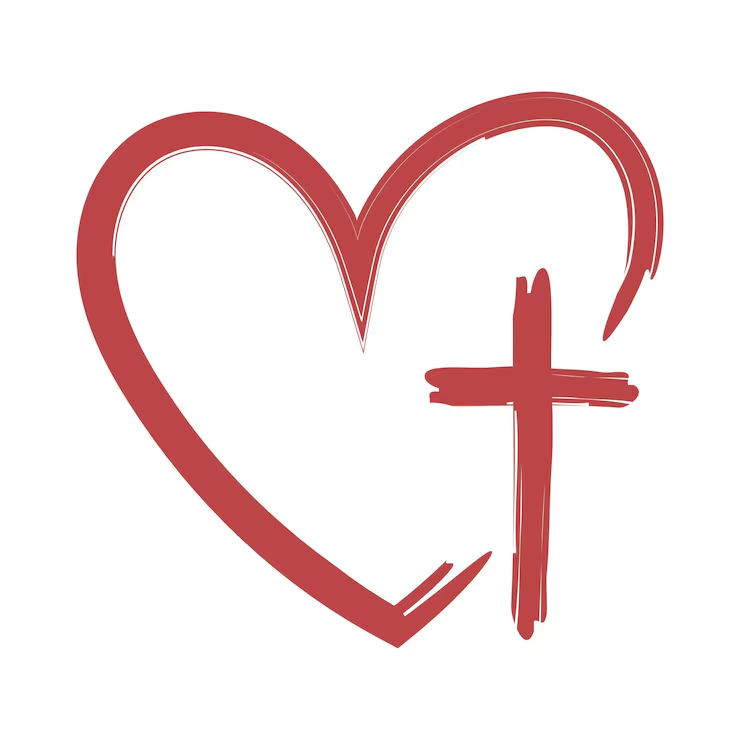***
Gospel: Luke 11: 42-46
The Lord said:
“Woe to you Pharisees!
You pay tithes of mint and of rue and of every garden herb,
but you pay no attention to judgment and to love for God.
These you should have done, without overlooking the others.
Woe to you Pharisees!
You love the seat of honor in synagogues
and greetings in marketplaces.
Woe to you!
You are like unseen graves over which people unknowingly walk.”
Then one of the scholars of the law said to him in reply,
“Teacher, by saying this you are insulting us too.”
And he said, “Woe also to you scholars of the law!
You impose on people burdens hard to carry,
but you yourselves do not lift one finger to touch them.”
The Gospel of the Lord.
***

***
Often, when we hear about the lives of the Saints, we turn back to days gone by. We examine the lives of men and women, even children, who lived and died centuries ago.
Given the change in time, culture, and place, we might wonder what they have to say to us today. Consider the life of Saint Teresa of Avila, whose feast day we celebrate. She lived in 16th century Spain, spending most of her life in a Carmelite convent with other nuns.
What might her life and faith experience say to us?
Surprisingly, perhaps, a lot.
***
Teresa lived during a time of significant change. The Protestant Reformation was well underway, as Martin Luther and others accused the Catholic Church of straying away from Christ and his call to holiness, falling into corrupt and scandalous practices, instead.
She felt a similar dynamic unfolding within her own religious order. So, she founded the Order of Discalced Carmelites, focusing on austerity of life, solitude, and prayer.
At the very heart of her reforms, she believed that laws without love, or God at the very center, led to competing interests, transactional relationships, and selfishness.
Some might say we can see the fruit of that truth unfolding in our nation today. When God is no longer part of the public forum, when faith is hidden, discouraged, or even stomped out, then the self-interested side of humanity emerges.
We have no one else to worship.
People need a common cause – or, better, a common Person – to rally around. That’s not only true in a convent full of Spanish nuns, but it’s also true of nations.
***
On this Feast of Saint Teresa, we ask for her intercession, that our society would return to the ideals under which it was founded: one nation, under God, indivisible with liberty and justice for all.
Saint Teresa of Avila, pray for us.
***

***
Image credits: (1) Diocese of Norwich (2) Word on Fire (3) Guideposts








